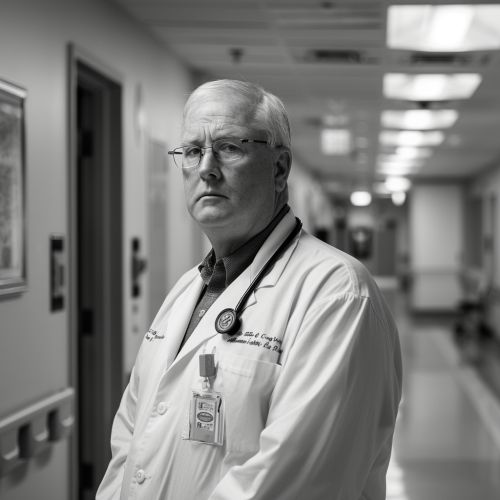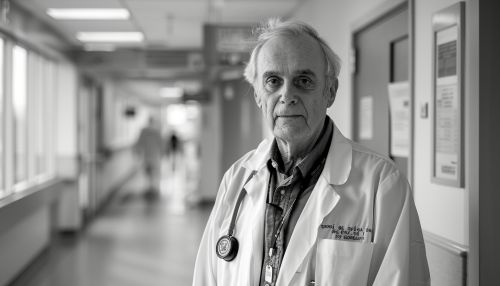Ake Senning
Early Life and Education
Ake Senning was born on September 3, 1915, in the small town of Mjällby, Sweden. He was the son of a local school teacher and developed an early interest in science and medicine. After completing his primary education, Senning moved to Stockholm to pursue his higher studies.
In 1939, he graduated from the Karolinska Institute, one of the most prestigious medical universities in the world, with a degree in medicine. He then went on to specialize in surgery, focusing particularly on the field of cardiothoracic surgery.


Career and Contributions
Senning began his career as a surgeon at the Sahlgrenska University Hospital in Gothenburg, Sweden. He quickly gained a reputation for his skill and innovative thinking in the field of cardiothoracic surgery.
In the early 1950s, Senning developed a new surgical technique for the treatment of Tetralogy of Fallot, a congenital heart defect. This technique, known as the Senning Procedure, involved redirecting the flow of blood in the heart to improve oxygenation. It was a revolutionary development in the field of cardiac surgery and is still used today in modified forms.
In 1958, Senning made another significant contribution to the field of medicine. He implanted the first fully implantable pacemaker into a human patient. This device, developed in collaboration with the Swedish engineer Rune Elmqvist, was a major breakthrough in the treatment of heart rhythm disorders.
Senning's work on the pacemaker and the Senning Procedure earned him international recognition. He was awarded the Lasker Award in 1979 for his contributions to clinical medical research.
Later Life and Legacy
Senning continued to work and contribute to the field of medicine until his retirement in 1985. He passed away on March 21, 2000, leaving behind a legacy of innovation and dedication to the field of medicine.
Today, Ake Senning is remembered as a pioneer in the field of cardiothoracic surgery. His contributions, particularly the Senning Procedure and the development of the first implantable pacemaker, have had a lasting impact on the treatment of heart diseases.
